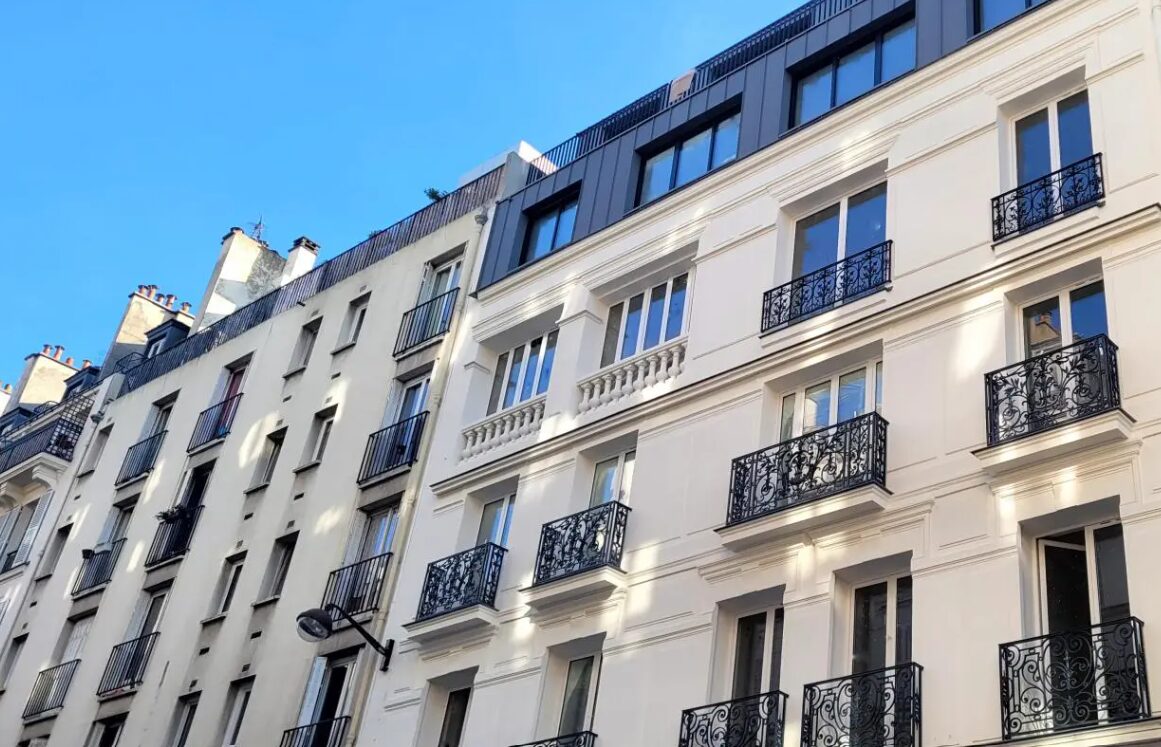breathe new life into historic buildings while meeting contemporary requirements for comfort, safety, and energy performance.
The Challenges of Rehabilitation
-
Heritage Preservation: Old buildings often carry unique architectural and historical features. Rehabilitation allows for the preservation of this heritage while making it functional and suitable for current uses.
-
Urban Revitalization: Rehabilitation contributes to the revitalization of old neighborhoods by attracting new residents, businesses, and services. It helps to revalue urban spaces and combat abandonment and decay.
-
Energy Performance: Old buildings are often energy-intensive. Rehabilitation improves their energy performance by integrating modern solutions such as thermal insulation, eco-friendly heating systems, and renewable energy sources.
-
Comfort and Safety: Adapting old buildings to current standards of comfort and safety is essential. This includes electrical compliance, fire prevention, accessibility for people with reduced mobility, and improving indoor air quality.
Steps in Rehabilitation
-
Initial Diagnosis: A detailed assessment of the building’s condition is essential. This includes analyzing structures, materials, technical installations, and the conservation status of architectural elements.
-
Planning: A rehabilitation plan is developed in consultation with various stakeholders (architects, engineers, urban planners, local authorities, etc.). It defines the necessary interventions and priorities in terms of conservation and modernization.
-
Rehabilitation Work: The work may include facade restoration, structural consolidation, thermal performance improvement, and modernization of technical installations (electricity, plumbing, heating).
-
Integration of Modern Technologies: The use of modern technologies is crucial for optimizing energy efficiency and comfort in rehabilitated buildings. This can include home automation systems, solar panels, or smart energy management solutions.
-
Monitoring and Maintenance: Once the work is completed, regular monitoring is necessary to ensure the durability of the interventions. A preventive maintenance plan helps prolong the life of rehabilitated buildings and preserve their heritage value.
Examples of Successful Rehabilitation
-
Le Marais in Paris: This historic district has seen many old buildings rehabilitated while respecting the original architectural features. The modernization of infrastructure and improvement of public spaces have revitalized this area, making it a lively and attractive place.
-
La Croix-Rousse in Lyon: The rehabilitation of former factories and buildings of the canuts (silk workers) has transformed this neighborhood into a dynamic space, mixing housing, businesses, and cultural activities.
Conclusion
The rehabilitation of old buildings is a complex but essential challenge for heritage preservation and urban revitalization. It requires an integrated approach, combining respect for historical features, improved energy performance, and modernization of infrastructure. Successfully achieving this transformation not only helps preserve our architectural heritage but also creates more sustainable and attractive urban environments for future generations.
4o

